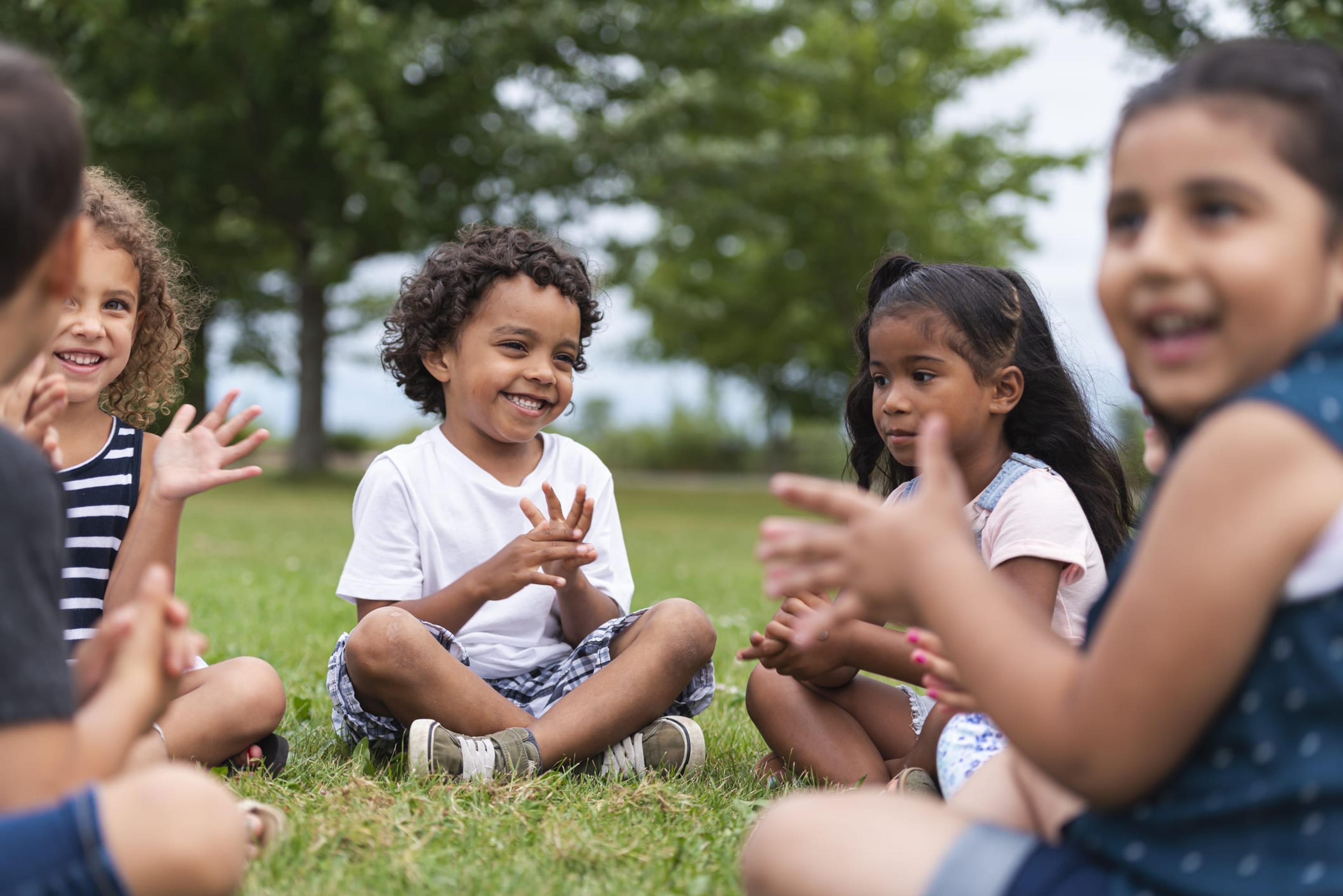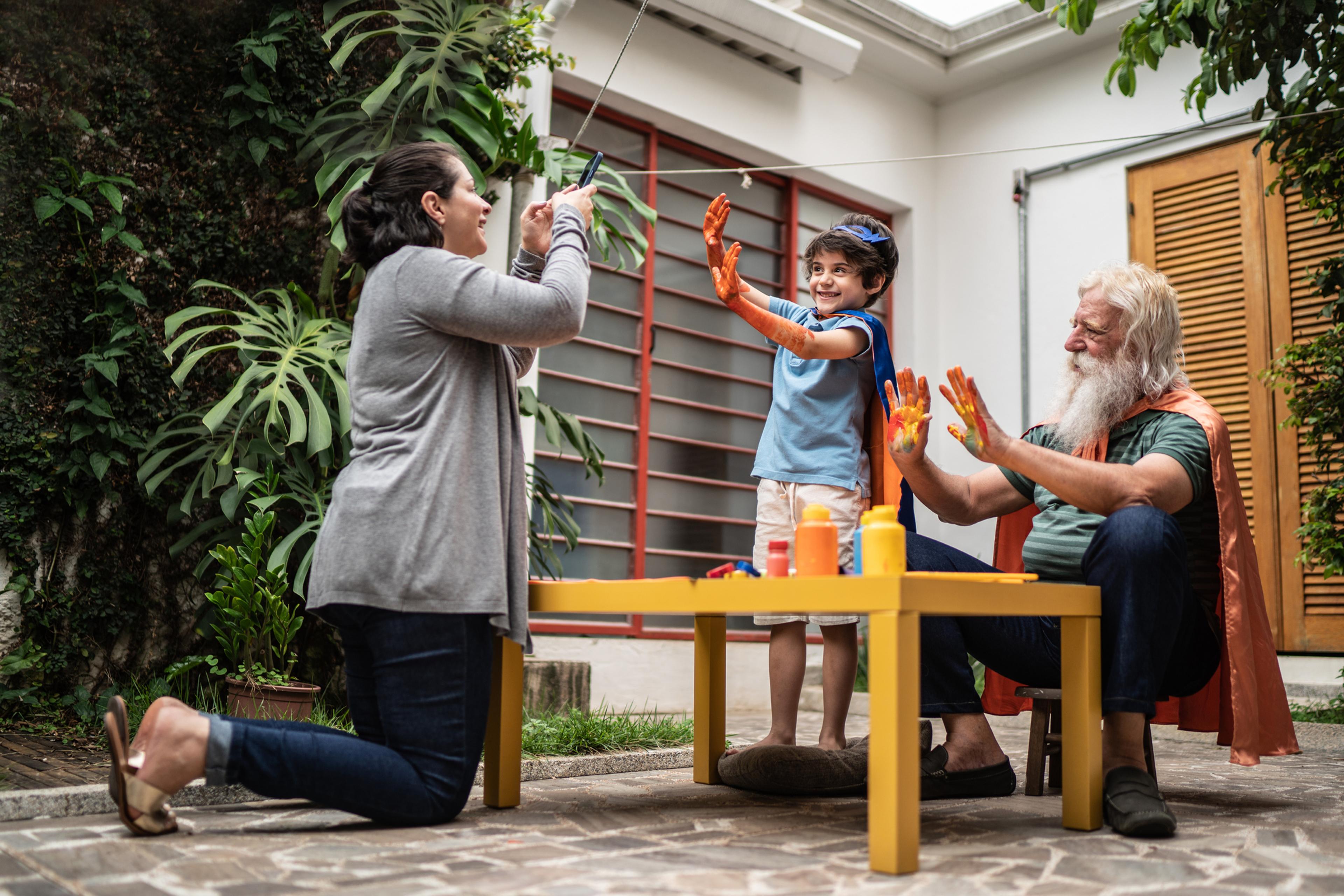Learning Gaps in Children Post-Pandemic
Amy Barczy
| 2 min read
Amy Barczy is a former brand journalist who authored...

Children and families faced a laundry list of challenges when it came to learning during the pandemic. From adapting to more time at home, hybrid schedules, virtual classes, canceled sports, fewer activities and less time with friends, children of all ages were impacted in some way. Early studies from the consulting group McKinsey & Company have indicated the learning gaps could be significant. Existing achievement gaps have been exacerbated among students of color, who are more likely to live in communities with schools that had fewer resources to adapt to remote learning. However, all students faced challenges – and the McKinsey study estimated the average student would be at least half a year behind in math by the end of the 2020-2021 school year. Some educational researchers say schools post-pandemic must be able to adapt to teach students where they are and relax the emphasis on meeting traditional learning benchmarks set for each grade level. Many parents are also concerned that the time spent isolating from other households and learning virtually will have had a negative impact on their children due to missed socialization. For parents, families and caregivers, there are ways to help children reconnect with educational and social opportunities as pandemic restrictions ease. Here are some ideas:
- Make the most of summer.
- Find a summer day camp or program.
- Encourage reading during the summer and take time to explore free resources available at local libraries.
- Get outside: From playgrounds to parks and from pools to splash pads, there are free and low-cost ways to bring kids around the company of others.
- Focus on emotions, not subjects.
- Preparing your child to handle school emotionally and socially is more important than making sure they are up to date on math or science, experts say.
- For younger children, this may mean the ability to freely play with other children the same age. They’ll learn more by being around their peers than just by doing workbooks or flash cards alone.
- Teach them ways to cope with their anxiety.
- Returning to social activities and school may be exciting for students but may also bring nervousness and anxiety after so much time away from others.
- Prepare them for activities by talking through every step of their day.
- Acknowledge their concerns and stresses.
- Find small ways for children and teens to connect with others to start slow.
- Make time to talk through their emotions.
More from MIBluesPerspectives:
Photo credit: Getty Images





